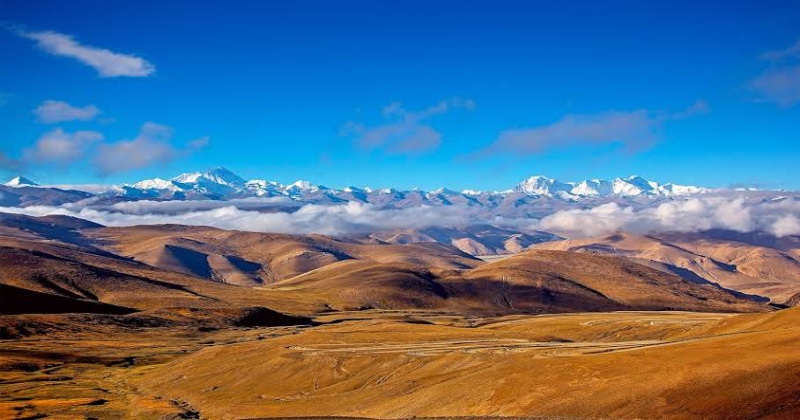
A recent study has revealed that glaciers on the Tibetan Plateau are significantly impacted by dust originating from the Thar Desert in India. This influence is primarily attributed to the region’s terrain and the westerly winds. When dust settles on a glacier’s surface, it reduces the albedo, which represents the fraction of light reflected by the ice. This, in turn, leads to increased absorption of solar radiation, ultimately accelerating glacier melting and contributing to global climate change.
Understanding the source of glacial dust on the Tibetan Plateau is crucial for comprehending the dynamics of the glacial environment and reconstructing the regional atmospheric conditions. The study, published in the journal Environmental Science and Pollution Research, aimed to identify the sources of dust affecting the Plateau’s glaciers and to analyze how the primary sources of dust are transported. Researchers from the Chinese Academy of Sciences employed two tracer methods to determine the origins of glacial dust. Their findings indicated that the dust primarily originated from surface soils on the Tibetan Plateau, the Thar Desert in India, the Qaidam Basin, and the Taklimakan Desert, both in China, before the monsoon season. The Taklimakan and Thar Deserts were identified as the most significant sources of dust, with the Thar Desert’s dust, lifted by updrafts from northwest India, being transported by westerlies and influencing the southern glaciers of the Tibetan Plateau.
This research provides valuable insights for future studies related to glacier characteristics and climate reconstruction. It highlights the intricate relationship between distant deserts, winds, and the vulnerability of glaciers in the Tibetan Plateau to external factors like dust deposition.

Post Your Comments